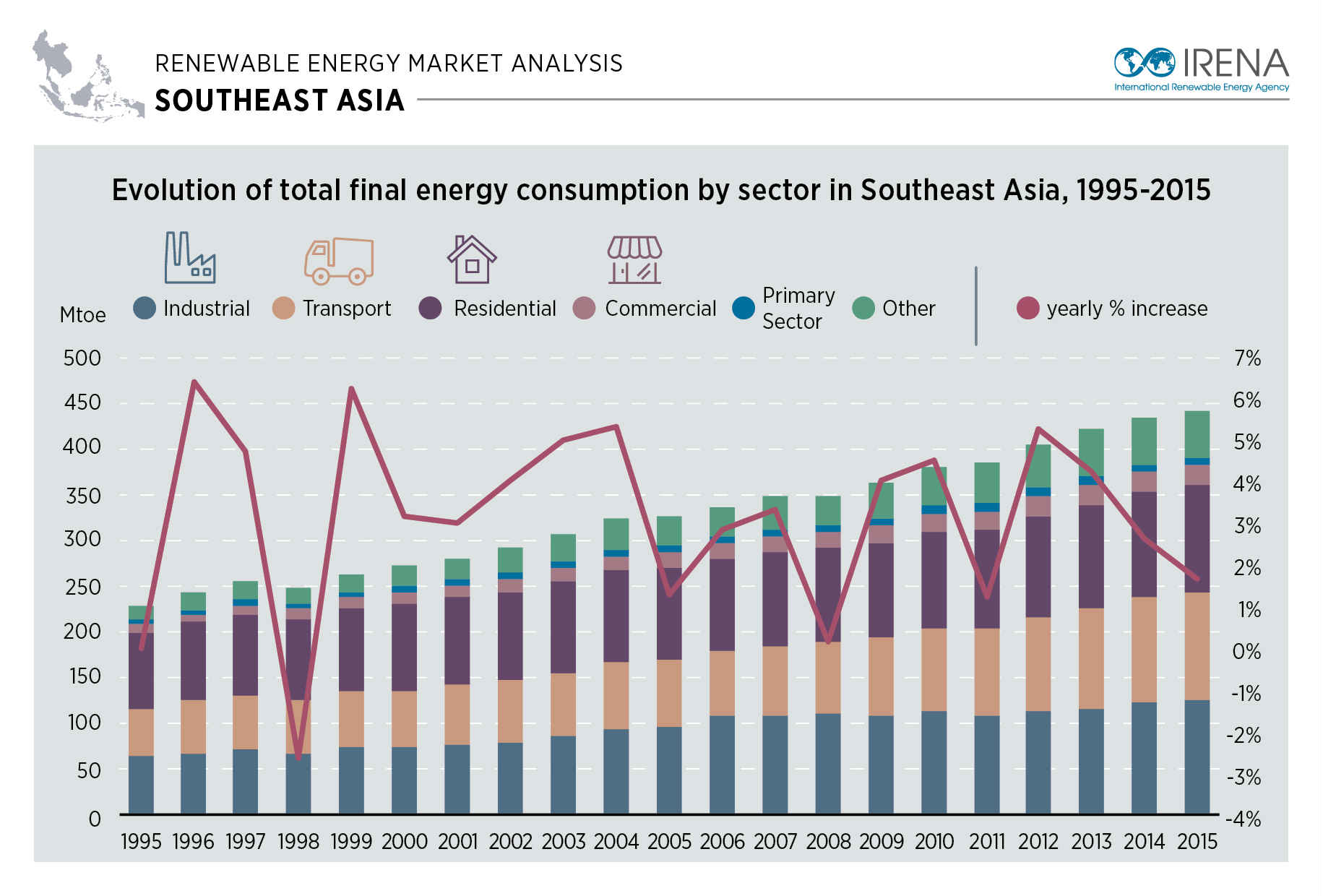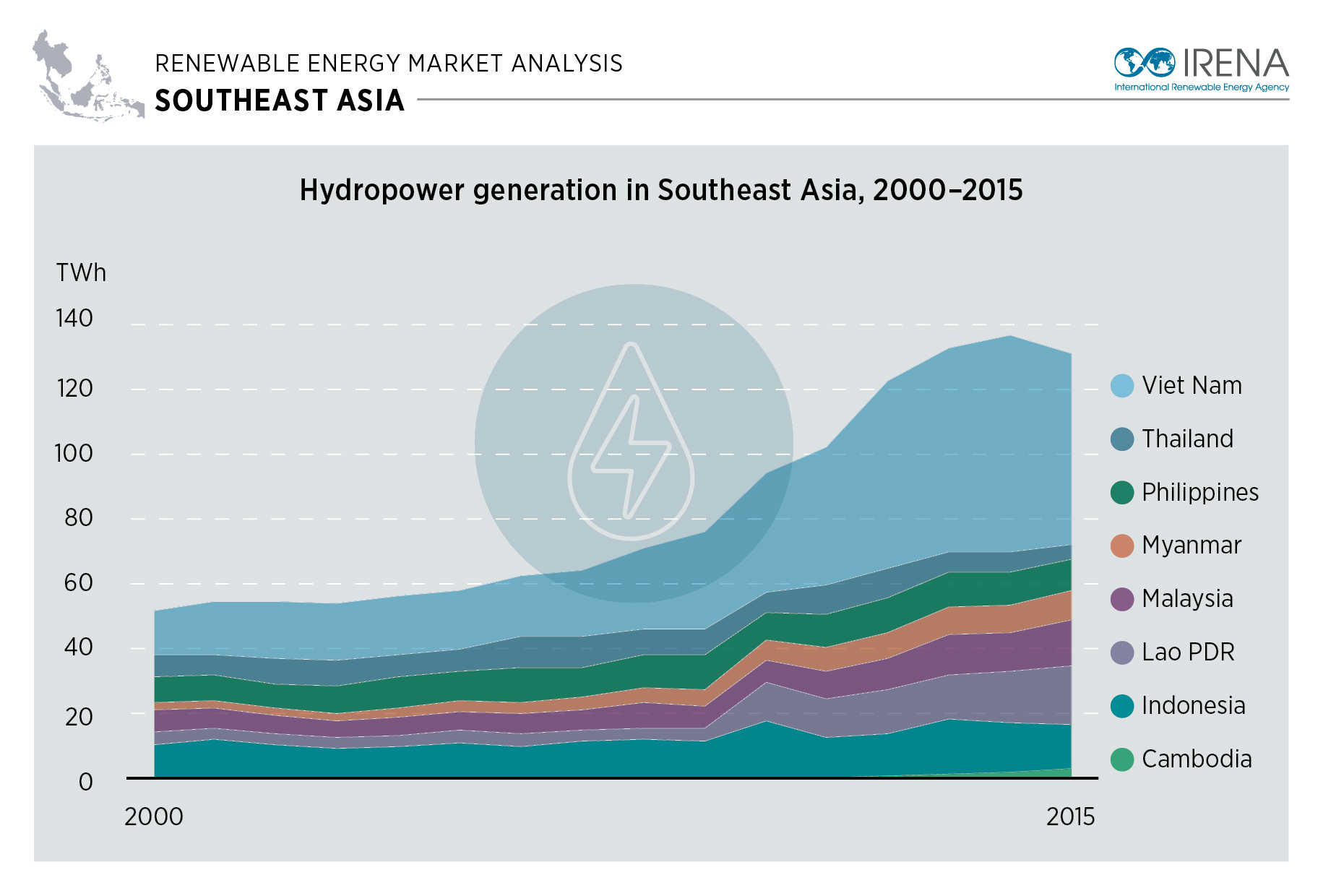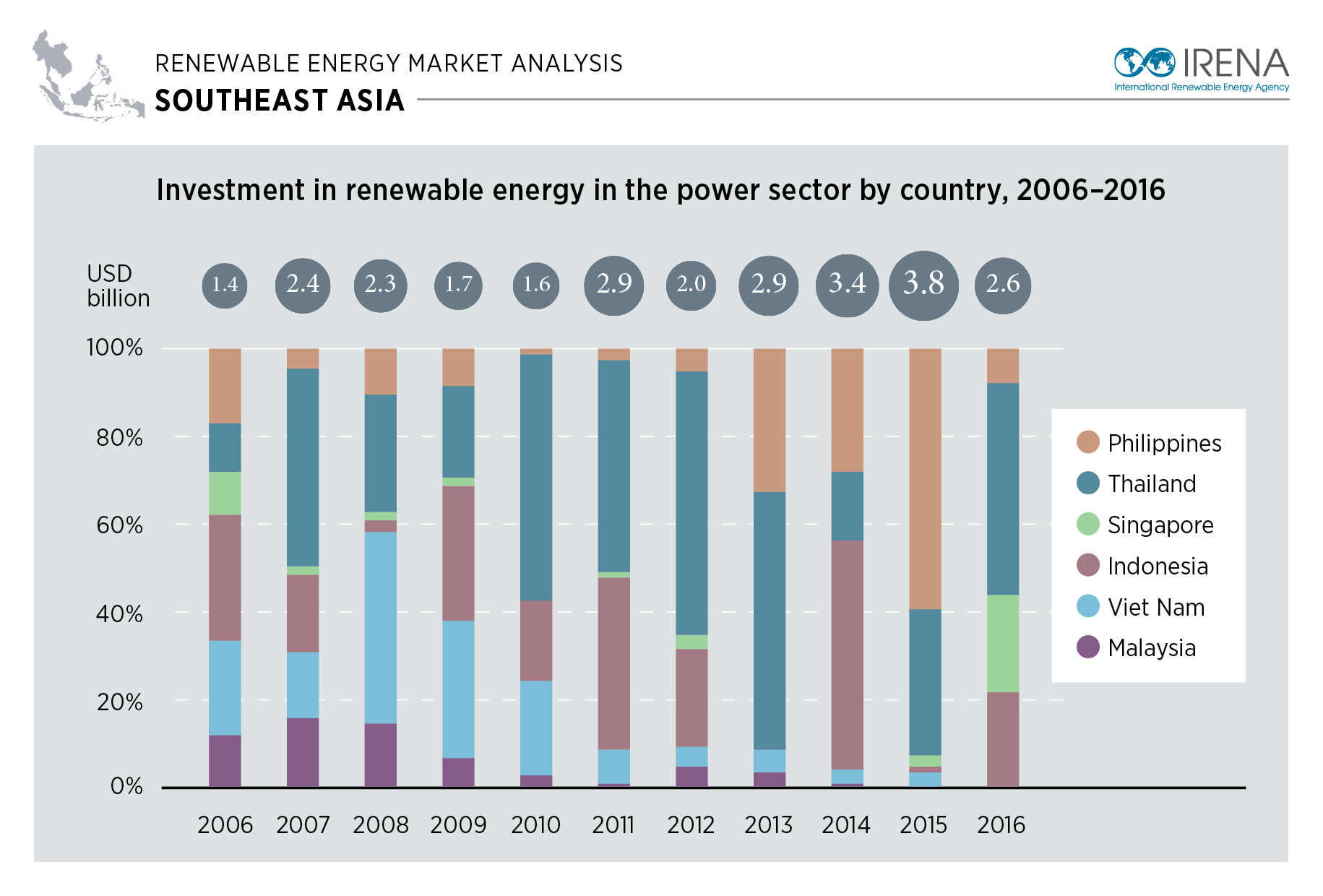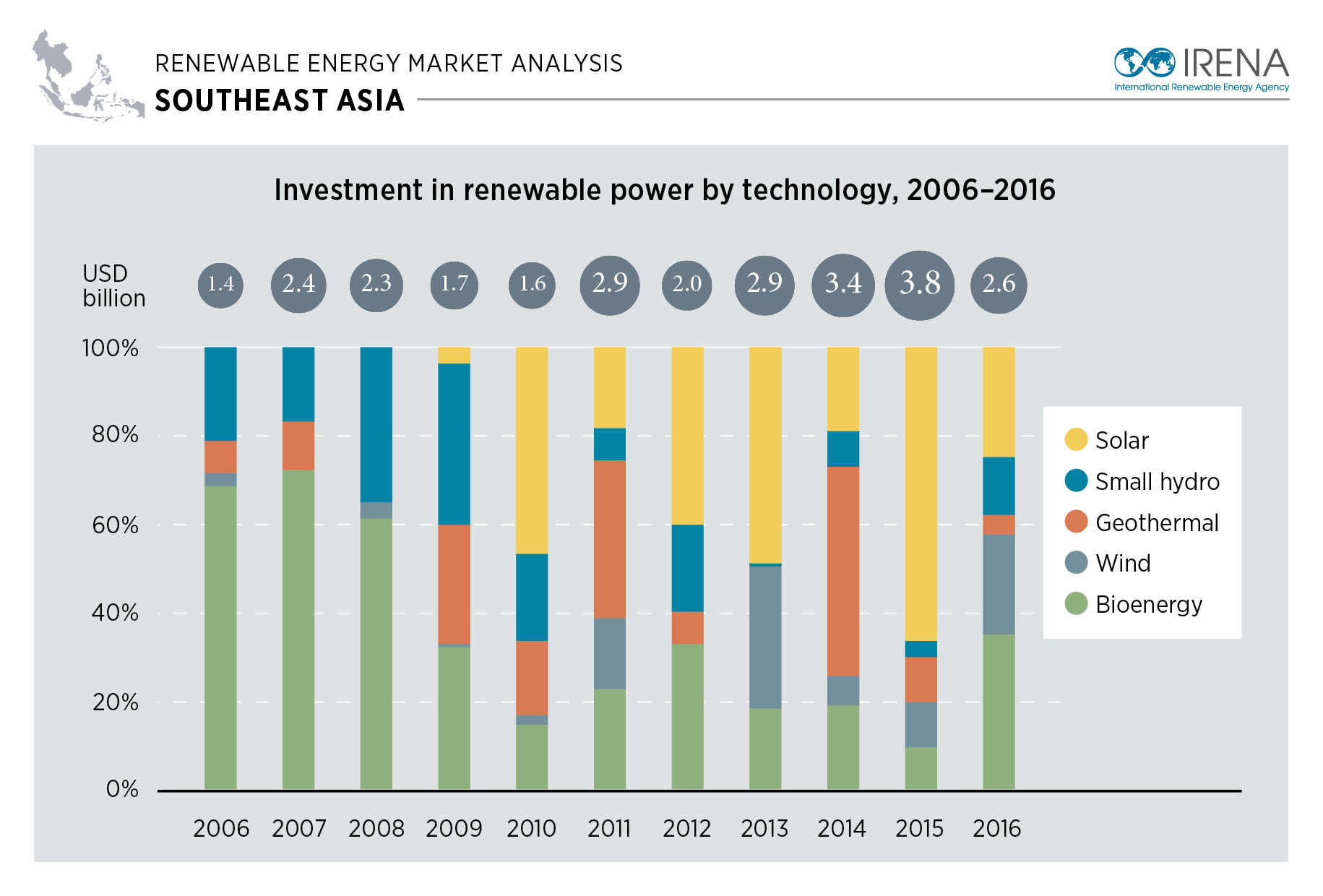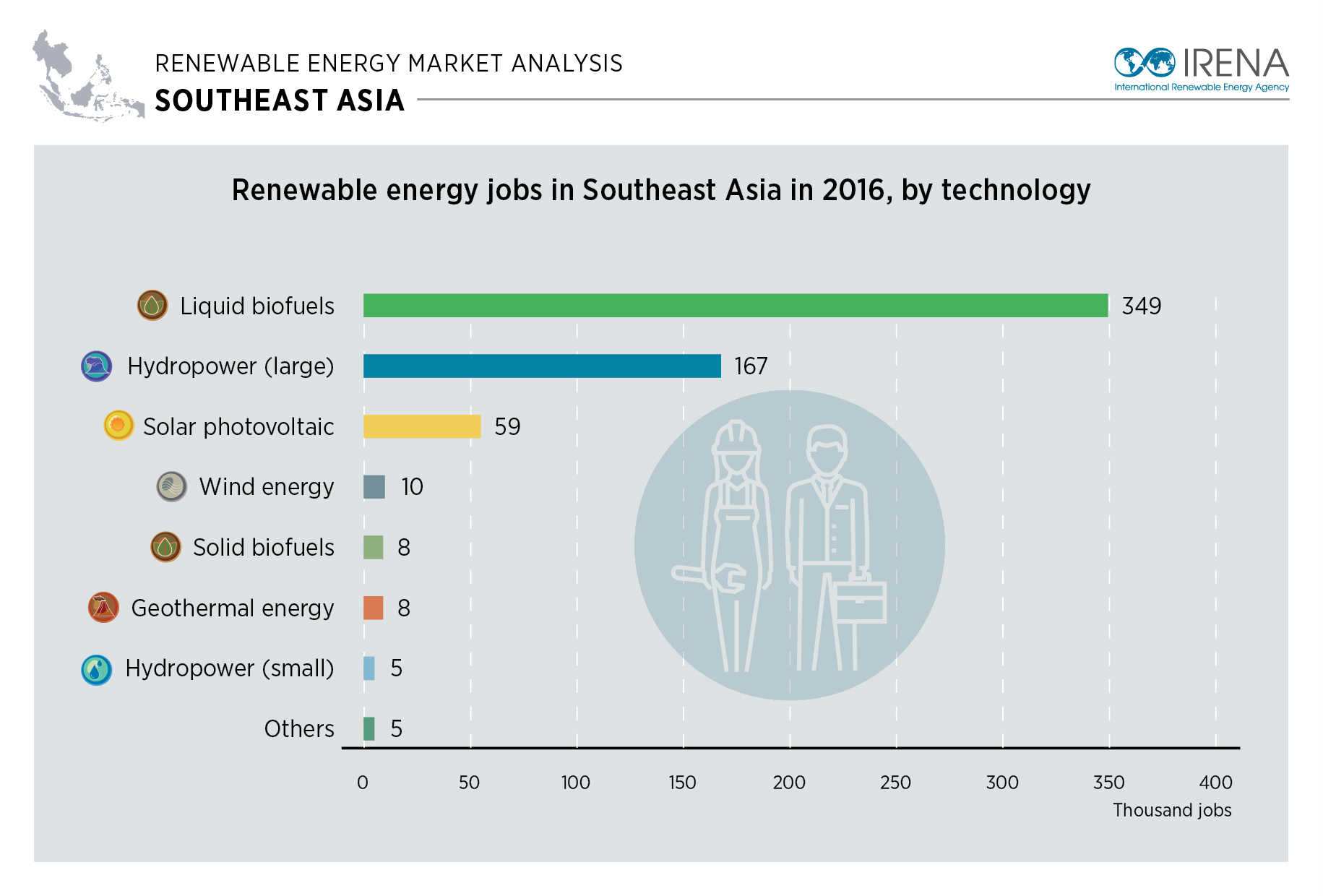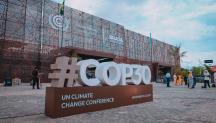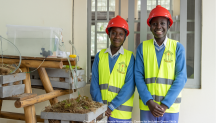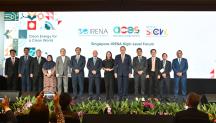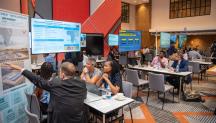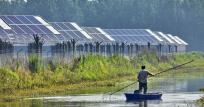
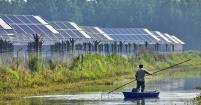
Higher Shares of Renewable Energy Central to Sustainable Development Across Southeast Asia
Newsletter
New IRENA market analysis sees renewable energy driving growth and expanding energy access in Southeast Asia
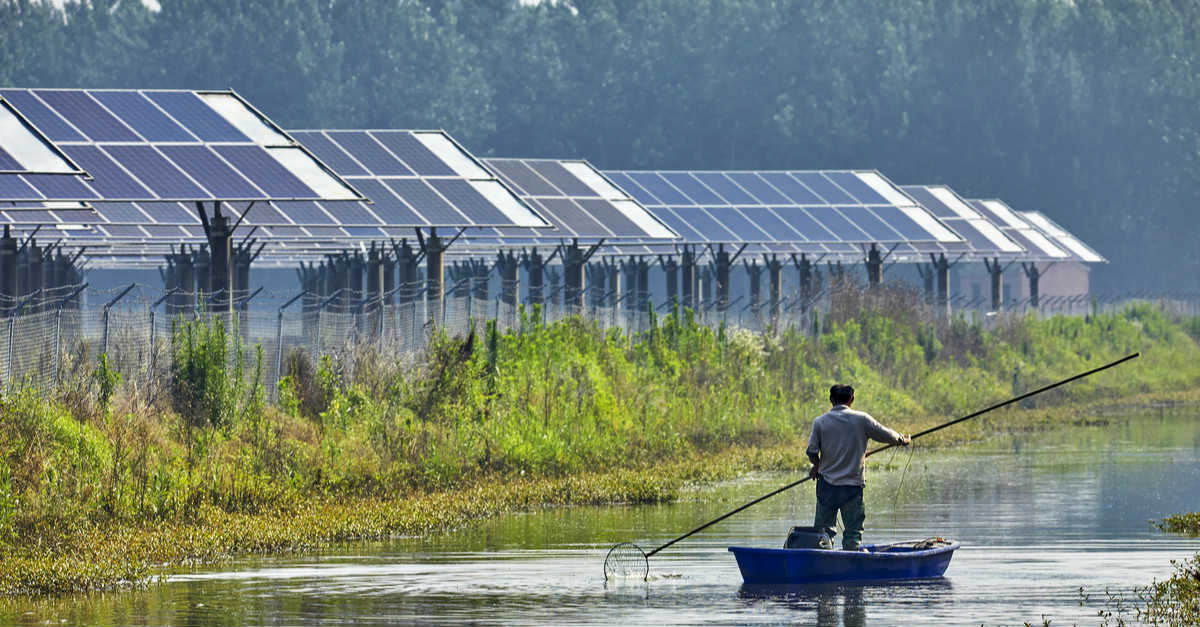
Bangkok, Thailand, 21 February 2018 – Southeast Asian countries are on course to meet their aspirational renewable energy target of a 23 per cent share of total primary energy supply by 2025, according to new analysis from the International Renewable Energy Agency (IRENA). Achieving this target would also significantly improve the access to affordable clean energy in the region in line with its pursuit of Sustainable Development Goal (SDG) 7.
In the report, Renewable Energy Market Analysis: Southeast Asia – launched during the United Nations Global SDG7 Conference in Bangkok, IRENA highlights that renewable energy is proving key to expanding energy access in a region where 65 million people lack it. With Southeast Asia’s vast, untapped renewables potential, considerable opportunities exist to accelerate renewables deployment in the power sector but also in heating, cooling and transport. Strong enabling and investment frameworks however need to be put in place to overcome barriers facing renewables uptake.
“Southeast Asia is making important progress towards the diversification of its energy supply, and is recognising that renewables are a cost-competitive solution to power economic growth and meet rising energy demand ” said IRENA Director-General Adnan Z. Amin at the launch event during the Conference.
“The accelerated adoption of renewable energy offers broad environmental, economic and social benefits, including creating jobs, reducing air pollution and tackling climate change,” continued Mr. Amin. “Policy makers and other development actors should prioritise investment in clean, reliable and affordable energy as a pillar of development across the region.”
Renewable Energy Market Analysis: Southeast Asia covers the critical considerations for effective policy-making to accelerate the energy transformation, and analyses trends in energy supply and consumption at the regional and national level. It also examines the investment trends and policy instruments supporting the current deployment of renewable energy in a region where economic growth exceeds 4 per cent. Southeast Asia’s renewable energy potential is also explored, both in terms of resource potential, and the spectrum of benefits the transition to a sustainable energy future brings.
The report notes that in 2016, 611,000 people were employed in Southeast Asia’s renewables sector, primarily in liquid biofuels, however up to 2.2 million people could be employed in the sector by 2030 should renewables scale-up in line with the region’s potential.
Synergies between decentralised renewable energy and livelihood development, whether in rural, urban or island settings are also highlighted. Drawing on a number of projects that demonstrate how decentralised renewable energy solutions — such as micro-hydro and biogas solutions based on local entrepreneurship and strong community participation — the analysis draws parallels between modern energy services and socio-economic development.
The report forms part of IRENA’s wider body of work in the region, including country-level engagement and regional initiatives, advancing joint efforts of IRENA and the governments of the ASEAN to accelerate the region’s transition to low-carbon, sustainable energy.
It is also part of IRENA’s Renewable Energy Market Analysis series capturing knowledge and experience from different regions to identify emerging public policy and market development trends. The first two editions covered the GCC (Gulf Co-operation Council) region (2015) and Latin America (2016).
The full report can be downloaded here.
